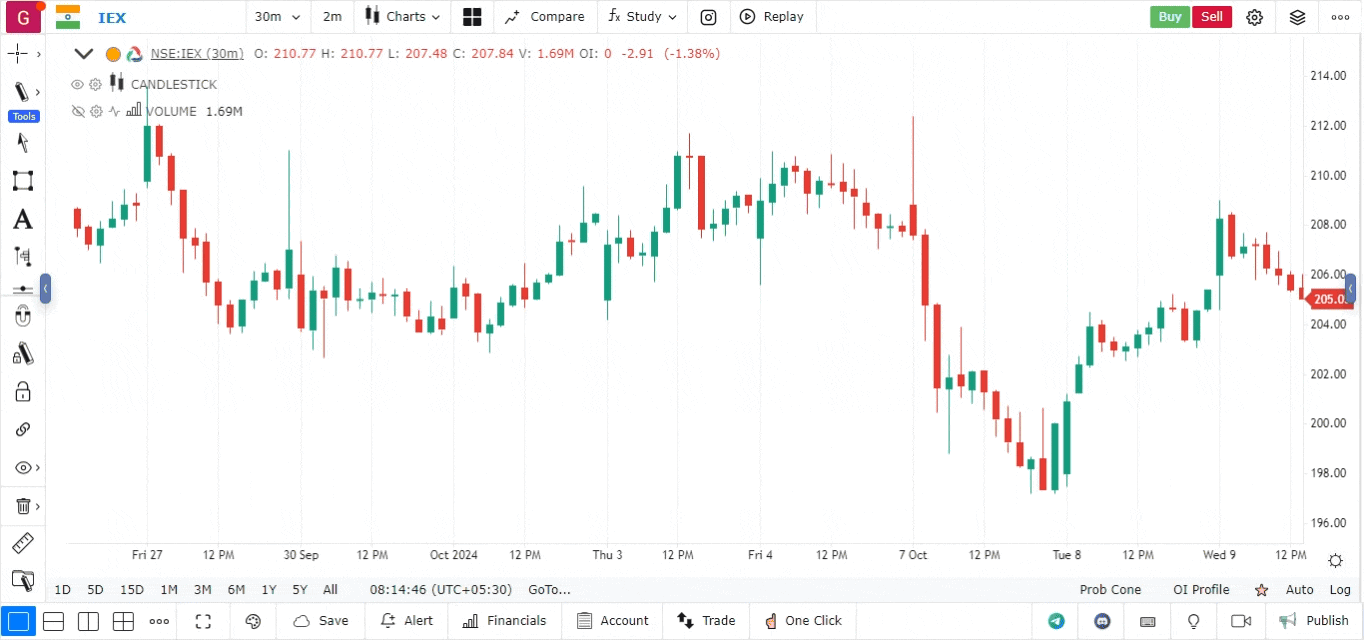Simple Moving Average (SMA) Indicator
The Simple Moving Average (SMA) Indicator is a fundamental technical analysis tool that helps traders smooth out price data over a specified period. By calculating the average price of an asset over a set number of periods, the SMA helps identify trends, reversals, and potential entry and exit points.
What is a Simple Moving Average (SMA)?
The Simple Moving Average (SMA) is calculated by adding the closing prices of an asset over a specific number of periods and then dividing the sum by that number of periods. The SMA is particularly useful for filtering out short-term fluctuations in price and highlighting longer-term trends.
Key Features:
- Trend Identification: The SMA helps traders identify the direction of the trend—whether it’s bullish or bearish.
- Smoothing Effect: By averaging prices, the SMA reduces market noise and provides clearer signals.
- Customizable Periods: Traders can choose different periods (e.g., 10-day, 50-day, 200-day) based on their trading strategy.
SMA Formula:
The formula for calculating the Simple Moving Average is:
Where is the number of periods.
How to Add the SMA Indicator
-
Open the platform:
- Navigate to the platform and select the asset you wish to analyse.
-
Access the Indicators Menu:
- Click on the Indicators menu located in the top toolbar.
-
Add the SMA Indicator:
- Search for “Simple Moving Average” or “SMA” in the indicators search bar.
- Click on the SMA Indicator to add it to your chart.

- Customize Settings:
- After adding the indicator, you can customize the following settings:
- Period: Select the number of periods for the SMA (e.g., 10, 50, 100).
- Style: Adjust the colour, line thickness, and style (solid, dashed) to enhance visibility on your chart.
- After adding the indicator, you can customize the following settings:
How to Interpret the SMA Indicator
-
Trend Direction:
- When the price is above the SMA, it indicates a bullish trend, suggesting potential long positions.
- When the price is below the SMA, it indicates a bearish trend, suggesting potential short positions.
-
Crossovers:
- Bullish Crossover: When a shorter-term SMA crosses above a longer-term SMA (e.g., 10-day crossing above 50-day), it may signal a bullish trend and potential buy opportunity.
- Bearish Crossover: When a shorter-term SMA crosses below a longer-term SMA, it may signal a bearish trend and potential sell opportunity.
-
Support and Resistance:
- The SMA can act as a dynamic support or resistance level. Prices may react at the SMA line, providing potential reversal points.